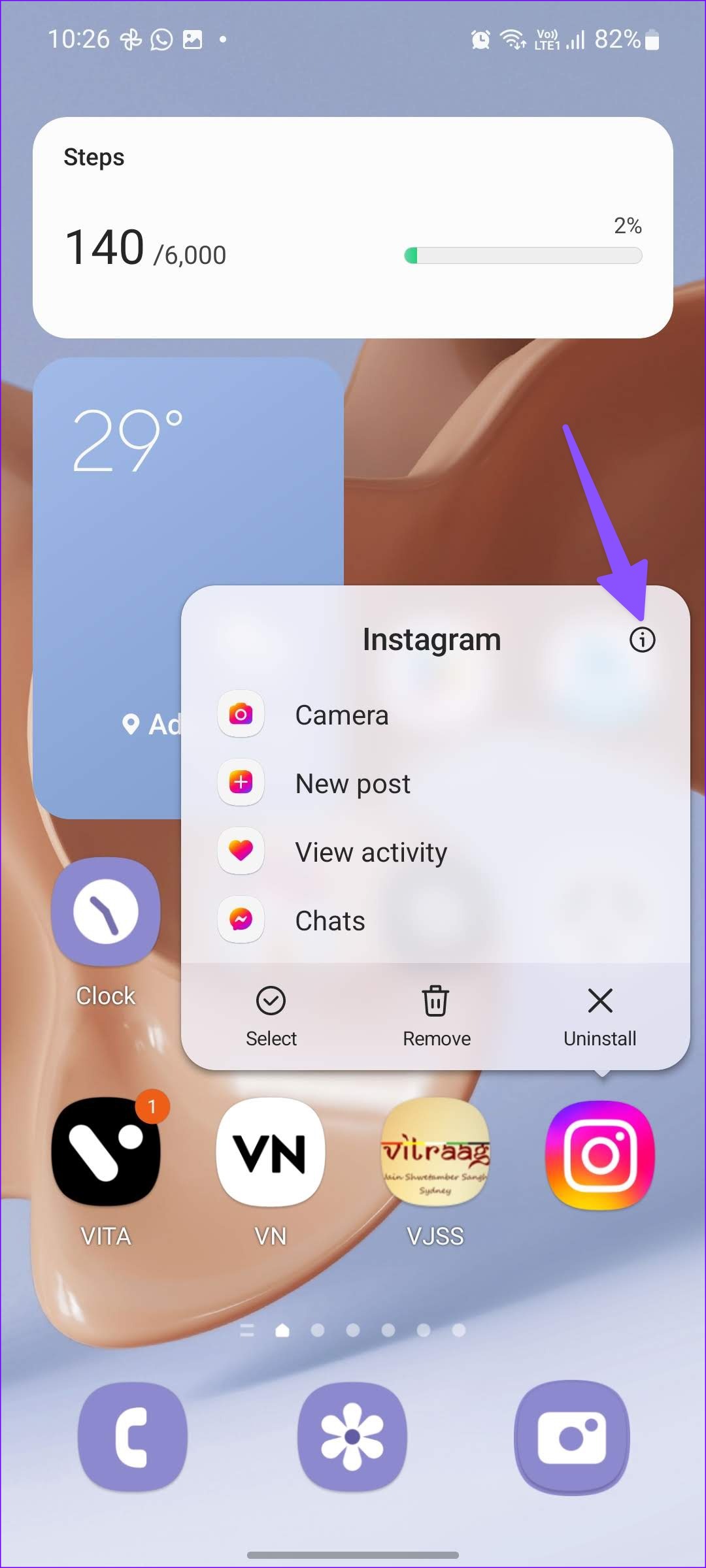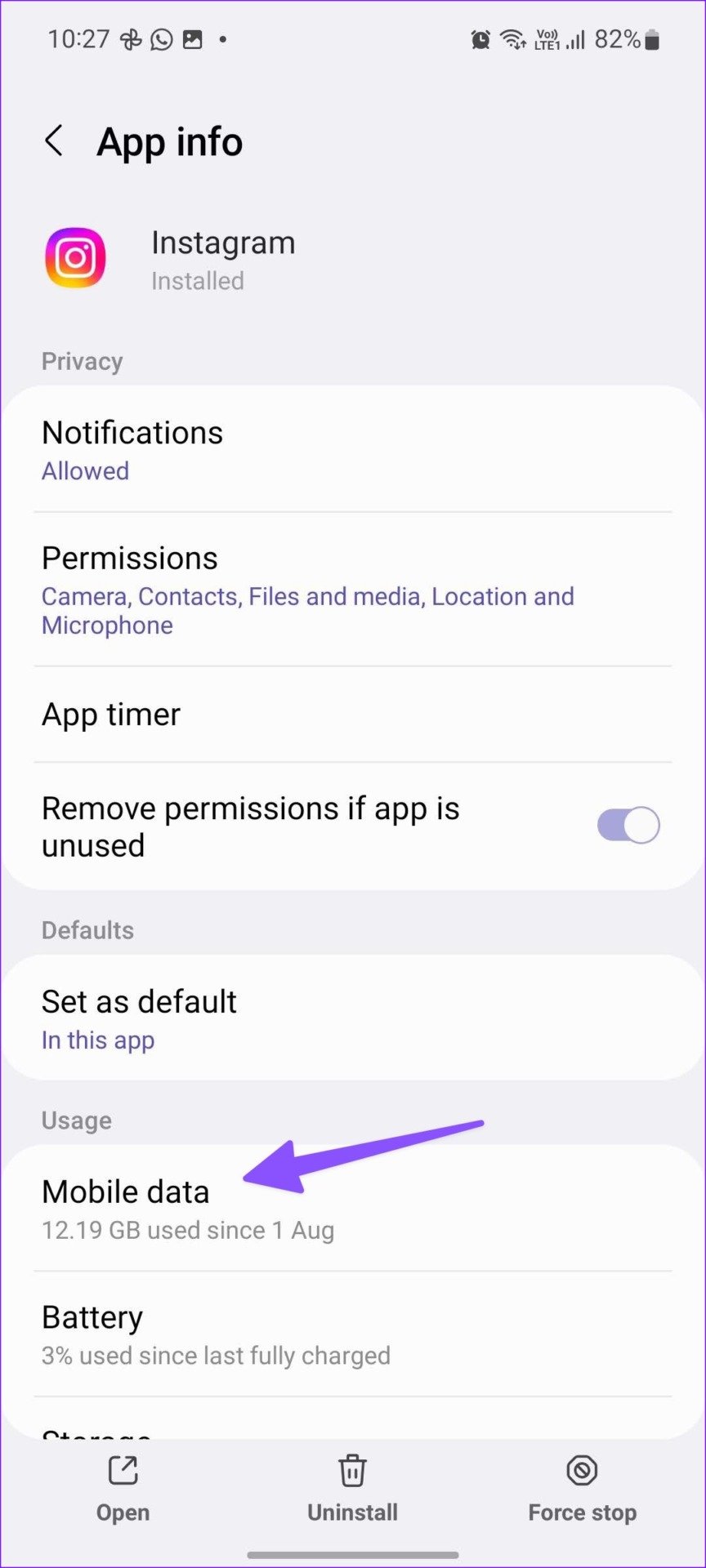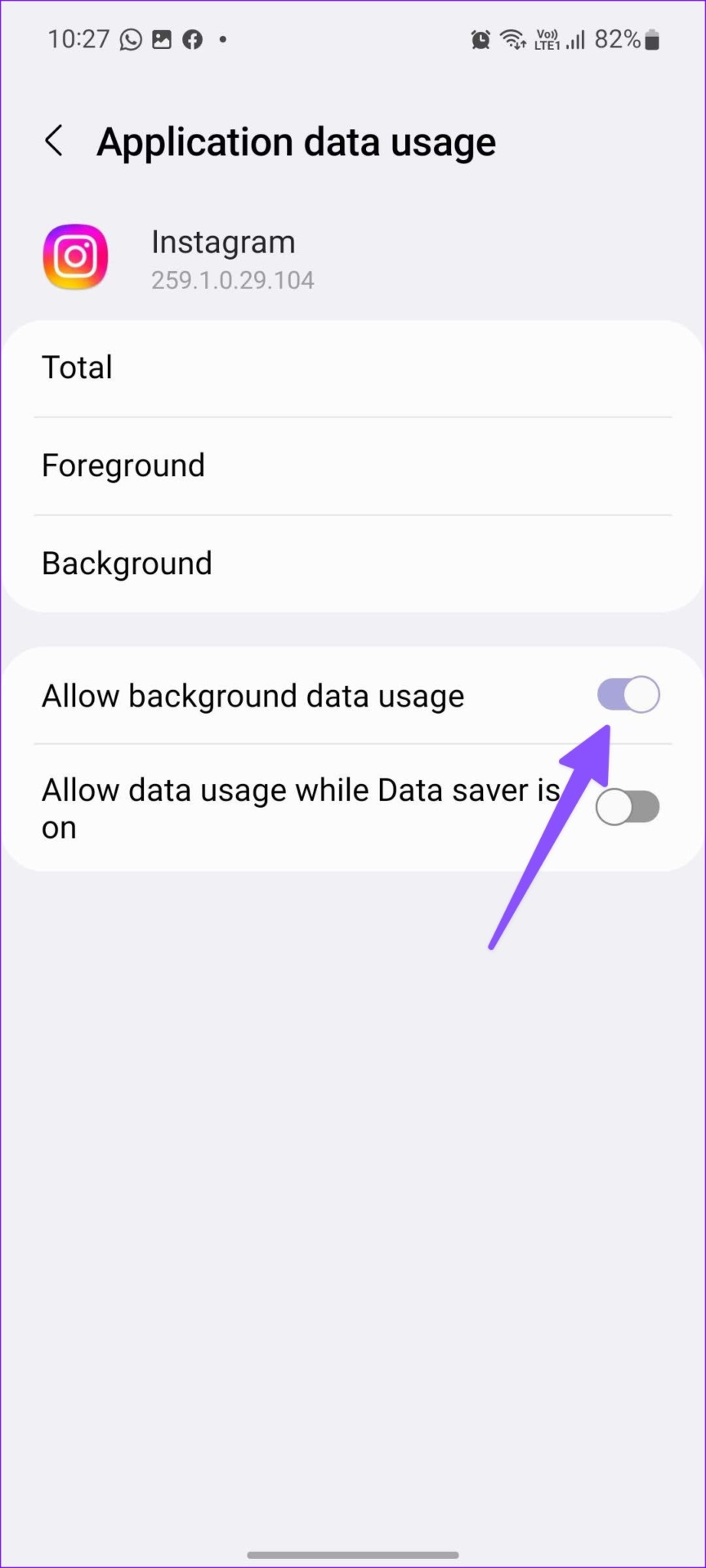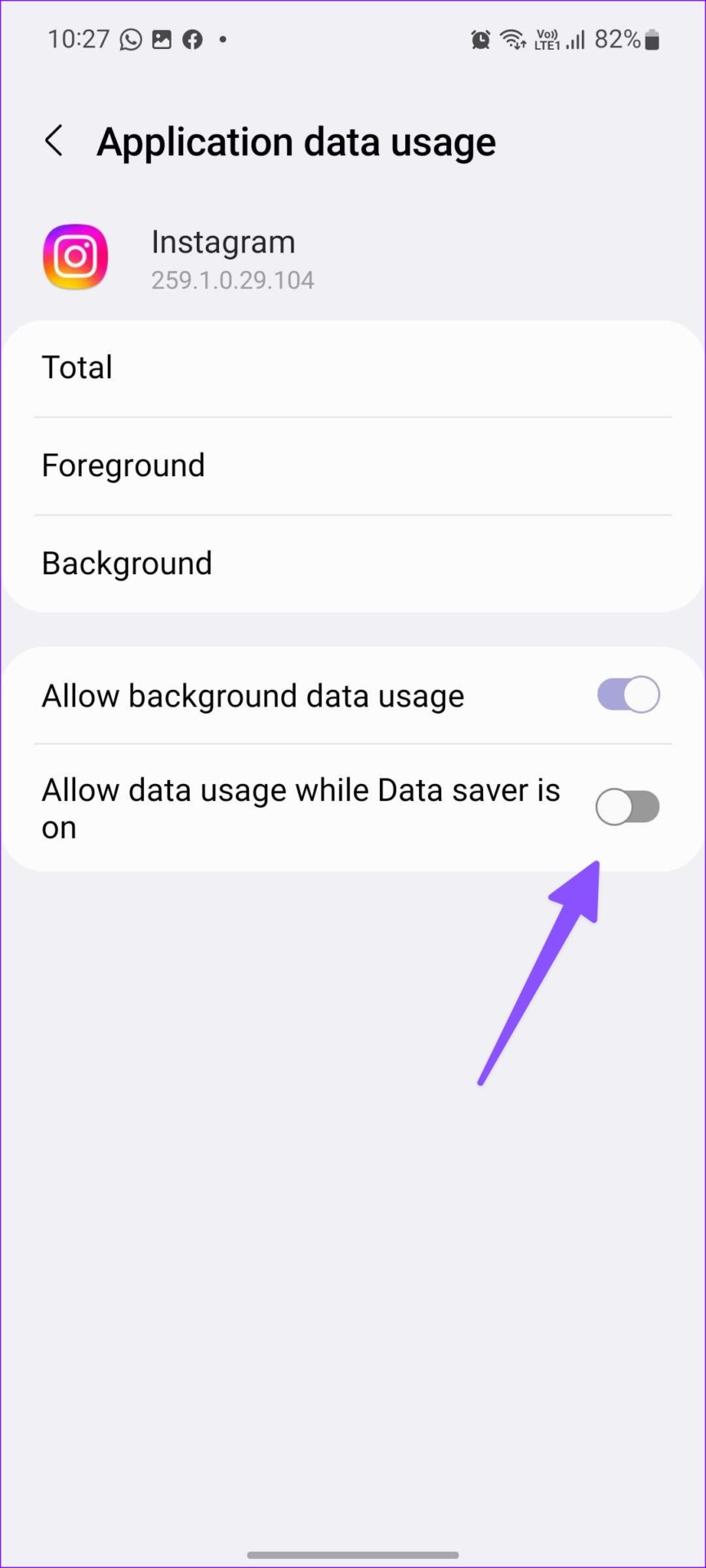Delayed notifications on your Samsung Galaxy phones are against the use of real-time alerts. You might miss an important email, message, or news when your phone doesn’t send notifications instantly. If you frequently encounter the same on your Samsung Galaxy phone, there are ways to fix the lag and get your notifications on time.
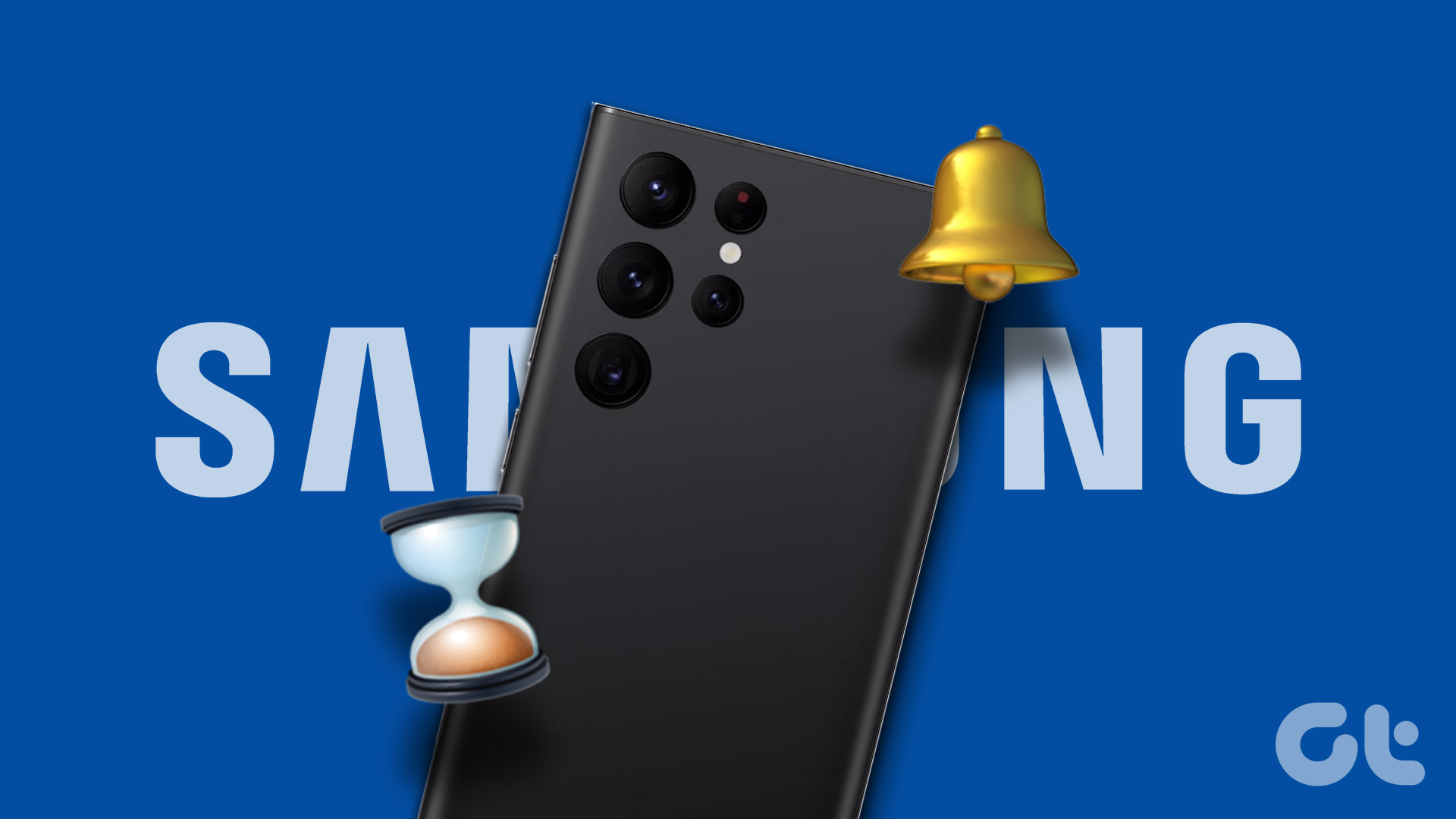
Unless you know what settings you changed, you cannot pinpoint a specific reason for delayed notifications on Samsung Galaxy phones. There can be several factors behind the problem. Let’s discuss it in detail and solve the problem in no time.
1. Disable DND Automation
Have you automated DND (Do Not Disturb) mode on your Samsung Galaxy phone? The system will activate it at a set time and pause the notifications. After a while, it will turn off NPD and send alerts. You will need to head to Settings to check if the feature is active and, if so, turn it off.
Step 1: Swipe up from the home screen to open the App Drawer menu on your Samsung Galaxy phone.
2nd step: Open the Settings app with a familiar gear icon.
Step 3: Select Notifications.
Step 4: Tap “Do Not Disturb”.
Step 5: Check the NPD schedules and tap on it.
Step 6: Tap “Delete this schedule” and you’re good to go.
2. Disable battery saver mode
One UI has a handy power saving mode to disable background tasks, syncing, downloads, and other activities to save battery. When battery saving mode starts, you may experience a delay in receiving real-time alerts on your Galaxy phone. After connecting your phone to an AC adapter, follow these steps to turn off power saving mode.
Step 1: Open Settings on your Samsung phone (refer to the steps above).
2nd step: Scroll down to the “Battery and device care” menu.
Step 3: Select “Battery”.
Step 4: Turn off the toggle next to Power saving.
3. Disable Background Usage Limits
By default, One UI limits battery usage for apps you don’t use often. Basically, this saves battery juice, but the practice can delay notifications because they can’t fetch new data in the background. You can check these sleeping apps in the Settings menu and even disable the option completely.
Step 1: Open “Battery & Device Care” in your Galaxy phone’s Settings app (check the steps above).
2nd step: Select “Battery”.
Step 3: Tap “Background Usage Limits”.
Step 4: Turn off the “Put unused apps to sleep” toggle. You can also go to sleep apps and deep sleep apps to check the list of apps.
Disabling deep sleep for some apps may affect your battery usage, but it may fix notification issues on your Galaxy phone.
4. Enable Unlimited Battery Usage
While disabling “background usage limits” provides a smooth notification experience on Samsung Galaxy phones, it can dramatically decrease your device’s battery life. Instead of disabling the feature, you will need to grant unlimited battery usage to affected apps.
For example, if you frequently experience delays in Instagram notifications, follow the steps below to give it unlimited access.
Step 1: Long-press the Instagram app icon and tap “i” to open the app info menu.
2nd step: Scroll down to Battery.
Step 3: Tap the radio button next to “Unlimited”.
From now on, Instagram will work normally when the power saving mode is enabled and the system will not put it to sleep. You can repeat the same for all your essential apps.
5. Allow Use of Background Data
Your installed apps require permission to use background data to send real-time notifications. Apart from running in the background, these apps also require mobile data to fetch new updates. Here’s how to enable it for each app.
Step 1: Long-press an affected app and open the app info menu. For example, open the app info menu for Instagram.
2nd step: Scroll down to Mobile Data.
Step 3: Enable the “Allow background data usage” button.
6. Disable Data Saver Mode
Data saver mode prevents multiple apps from using data in the background and thus helps reduce data usage. If you are using your Galaxy phone in active data saver mode, you may experience issues with notifications. Here’s how to turn off data saver mode on Samsung Galaxy phones.
Step 1: Open the Settings app on your phone and select Connections.
2nd step: Tap “Data usage”.
Step 3: Open data saver and turn it off from the next menu.
7. Allow data usage while data saver is on
For essential apps like Instagram, WhatsApp, and Gmail, you can add an exception to let them run normally when data saver is on.
Step 1: Long press the app icon of the troubling app and open the app info menu.
2nd step: Select “Mobile data”.
Step 3: Enable the “Allow data usage when data saver is on” button.
Repeat the same for all your important apps on your Galaxy phone.
8. Reset Network Settings
You may experience lag in notifications if you frequently experience network issues on your Samsung phone. You can reset network settings to allow your phone to automatically retrieve the latest and newest.
Step 1: Open the Settings app and scroll down to “General Management”.
2nd step: Select “Reset”.
Step 3: Tap “Reset Network Settings” and confirm your decision in the next menu.
9. Update One UI software
Samsung releases new software updates to add new features and fix bugs. Delayed notifications may be caused by an outdated version of One UI on your Samsung phone. It’s a good idea to install pending updates and try again.
Step 1: Open Settings and scroll down to “Software Update”.
2nd step: Download and install the latest software on your phone.
Receive instant notifications on Galaxy phones
When you connect your Samsung phone to a smartwatch, you may receive alerts on your wrist first and experience slight lag on the phone. What trick worked for you? Share your experience in the comments below.










